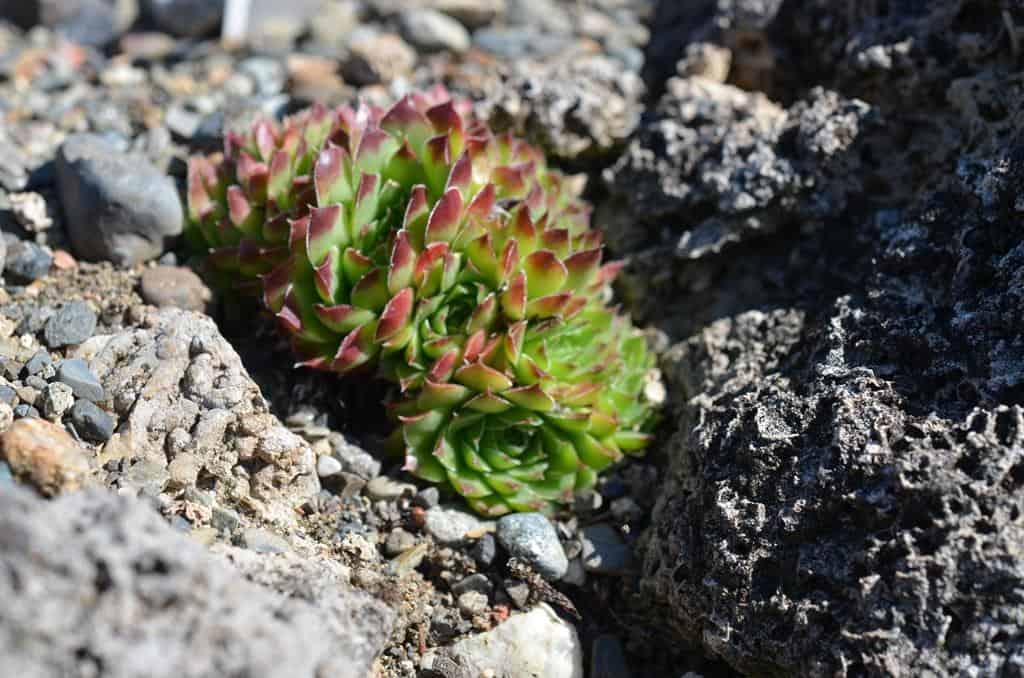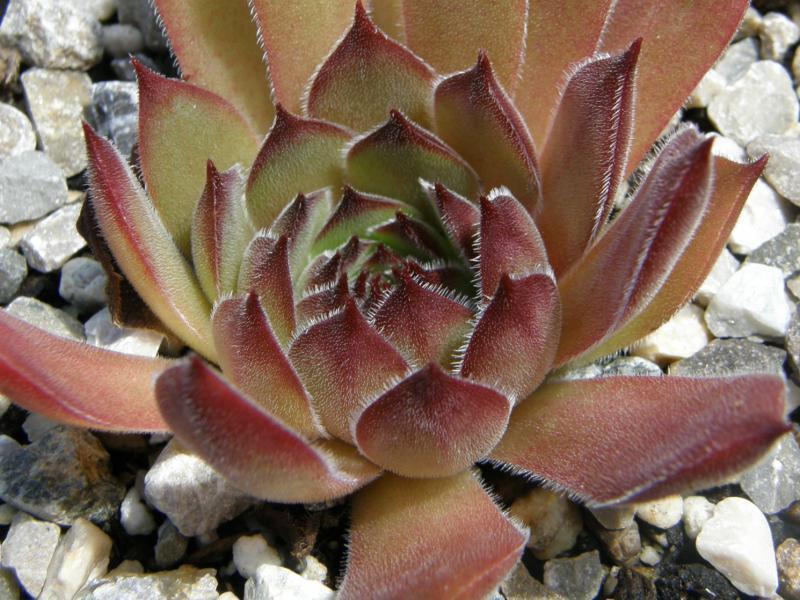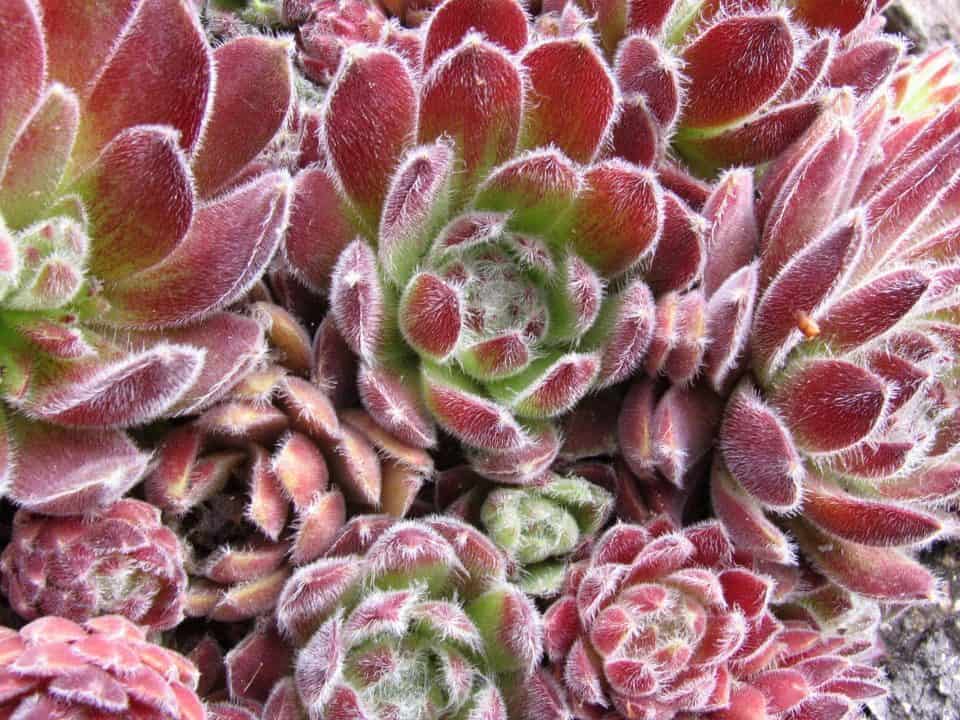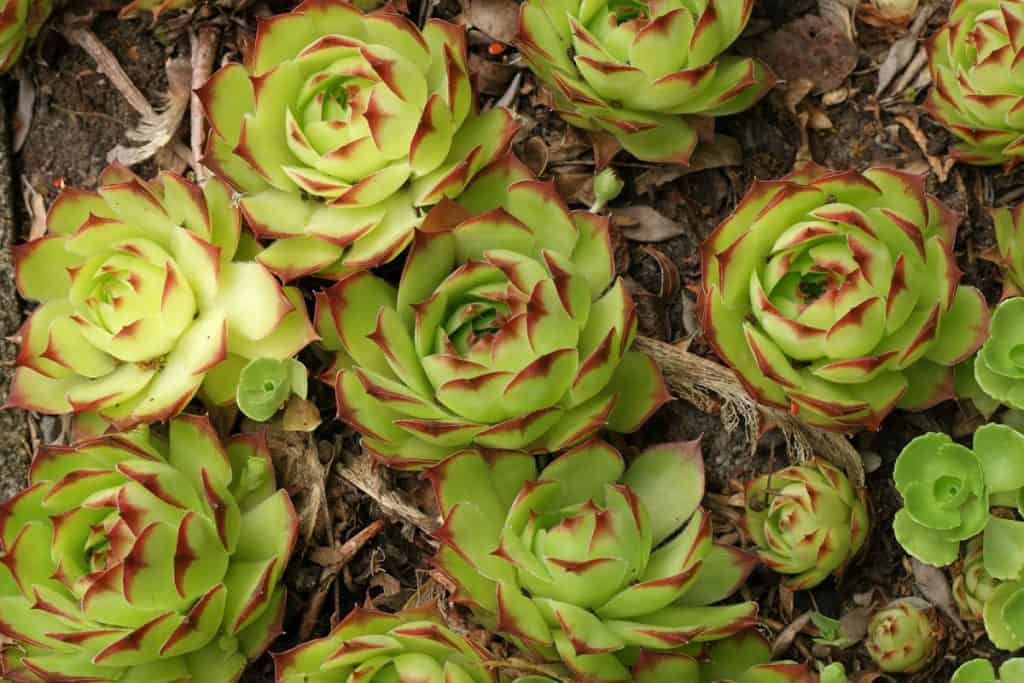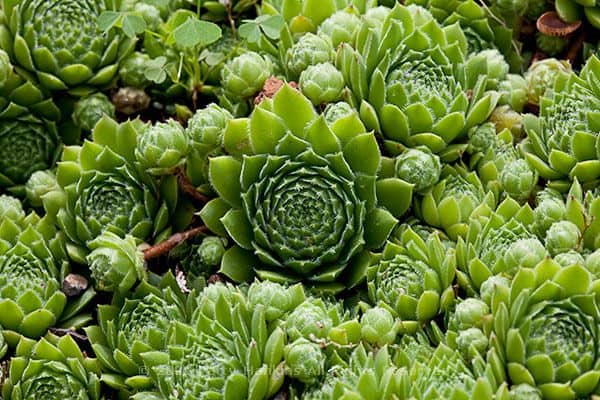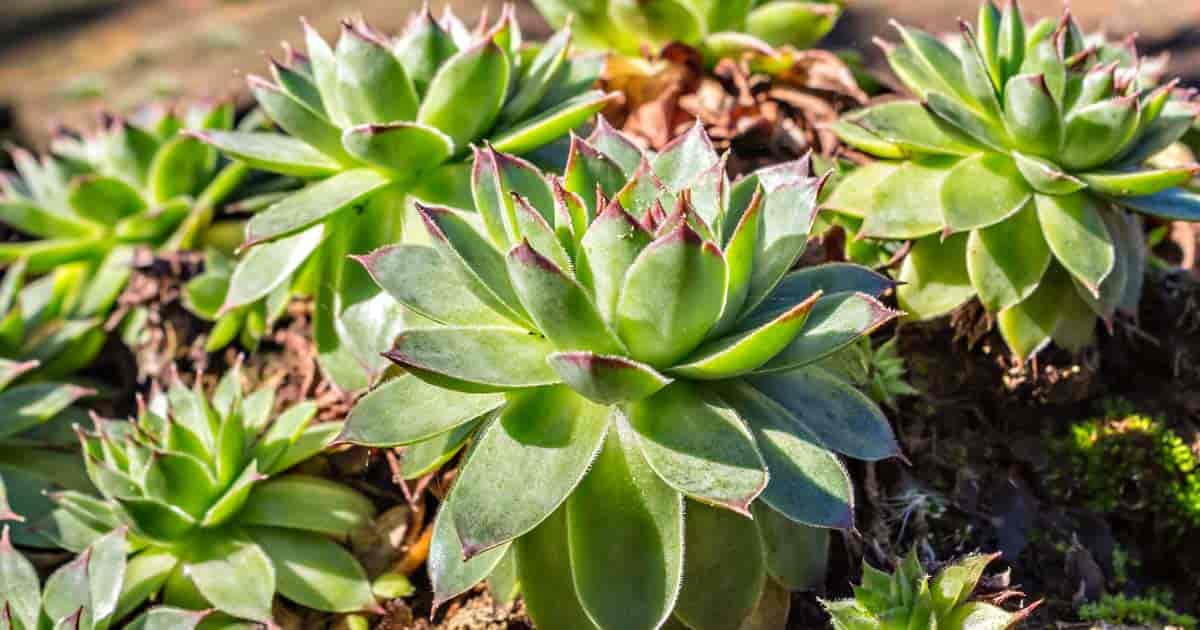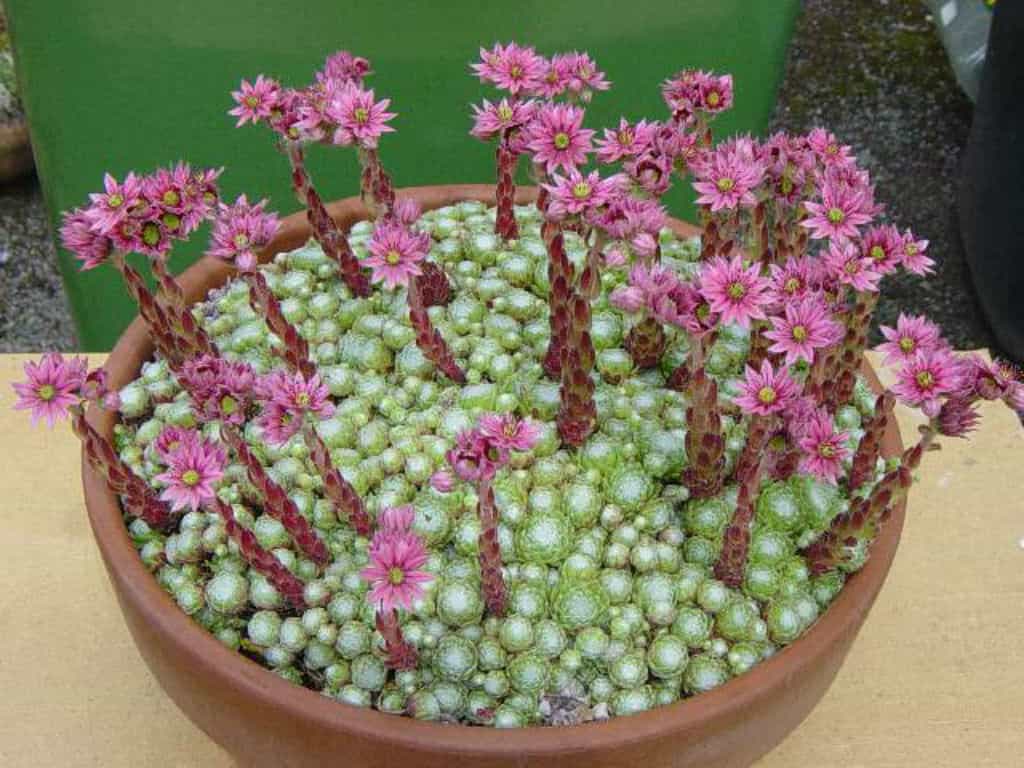Jovibarba heuffelii, also known as the purple-stemmed jovibarba, Job’s beard, Sempervivum heuffelii, or sempervivum jovibarba, is a succulent native to South Africa that gets its name from its vibrant stems.
This beautiful, hardy plant can be propagated by either planting new cuttings or from leaf or stem segments that are detached from the plant and then rooted in water or soil. Caring for your jovibarba heuffelii properly will ensure that you have healthy, attractive plants to add to your garden or home decor for years to come.
Many homeowners are familiar with common houseplants like African violets and spider plants, but others might be surprised to learn about Jovibarba heuffelii. This ornamental grass may not be as common as other plants, but it’s just as easy to care for and just as striking in its appearance.
With the proper care, your Jovibarba heuffelii will grow rapidly and beautifully from the moment you bring it home!
Origin and descriptions
The plant species known as Jovibarba heuffelii, or Hen-and-chickens, is native to the Balkans and the Carpathians of Europe, but has been reported to have naturalized in Wisconsin and probably elsewhere in North America. Usually found on rocky outcrops.
The perennial herb Jovibarba heuffelii forms basal rosettes that have ciliate leaves along their margins. It bears up to 40 white to yellowish flowers on stalks that are erect, succulent, and up to 20 cm (8 inches) tall.
There are 6-7 fringed petals on each flower and they measure up to 5 centimeters (2 inches). The plants are semelparous, which means that each bloom once and then dies when the fruit is mature.
In the Flora of North America, Jovibarba is considered a separate genus from Sempervivum, but some botanists treat it as a species within Sempervivum
Jovibarba heuffelii propagation
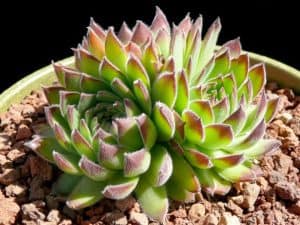
In most cases, Sempervivum propagates itself by sending out offshoots, which root and soon become independent of the parent plant as the connecting stolon withers. Once the offshoots have reached a sufficient size, they can be moved.
It is recommended to cut off the stolon at approximately half an inch from the base of the new plant. Therefore, root development is encouraged at the base of the rosette instead of along the stolon. Set the baby on top of the soil while you push the stolon into the ground.
If you wish to grow them, remember that they prefer full to partial sun (depending on conditions), well-drained soil, and water occasionally. It is easy to grow them in cracks between dry stone walls, hypertufa, troughs, rock gardens, or poor soil areas.
The best soil is very sandy clay soil. It is much better to plant them in rich, organic soil and to water them well if they were carelessly thrown on concrete and forgotten.
Jovibarba heuffelii care information
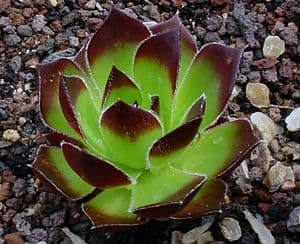
The jovibarba heuffelii is a slow-growing succulent plant. It requires minimal water and nutrients, preferring an arid environment with little to no care. If you choose to grow your jovibarba heuffelii in soil, it can become very bushy and full.
The leaves should be able to support themselves, but if they fall over under their own weight, prop them up with rocks or gravel to prevent rotting.
Light requirement
Jovibarba heuffelii will thrive best in a well-lit room with bright indirect sunlight. They can handle some direct sunlight, but they don’t do so well in direct sunlight all day long. This can burn their leaves and sometimes even kill them! The leaves are very sensitive, so be careful not to keep them in direct light all day long.
Soil/potting mix
The key to success with a jovibarba heuffelii starts with your soil or potting mix. Choose a high-quality, organic blend of compost, pine bark, and perlite that drains well. Even better is if you can find something that’s specifically made for succulents; they tend to like growing in non-nutritious soils, which drain quickly and dry out completely between watering cycles.
Watering
The jovibarba heuffelii is a very easy plant to care for, but because it does not like wet feet, be sure to water only when its soil is dry. Unlike most succulents, which prefer to be watered from above, jovibarbas actually appreciate being watered from below.
This can be achieved by placing them in saucers or shallow dishes of water and allowing them to soak up as much as they need.
After watering, do not allow any excess water to drain out of their pots; instead, let them sit in their saucers until all excess moisture has evaporated. This will help prevent root rot and fungal diseases that are so common among succulent plants.
Fertilizer
The key to growing great plants is fertilizing regularly and thoroughly. Jovibarba heuffelii are heavy feeders and will benefit from monthly feedings with a well-balanced fertilizer.
Choose a low-nitrogen formula that also contains plenty of phosphorus (for green growth) and potassium (which promotes flowering). Incorporate fertilizer into your watering routine, don’t just water and walk away.
Temperature
These succulents do best in full sun and with temperatures below 65°F (18°C) during winter. If they are exposed to temperatures above 80°F (27°C), they will probably not survive, although some growers say it depends on how well your plant is acclimated to warm weather.
Humidity
Whether you’re working with air plants or other succulents, humidity is an important factor in plant care. The average indoor humidity level is about 40 percent (as opposed to 70-80 percent outdoors), which can be deadly for succulents and other drought-tolerant plants. Too much moisture will rot roots, cause diseases and eventually kill your plant.
Pruning
Jovibarba heuffelii should be pruned back every year to keep them in check. To start, remove any dead wood from your plant. Next, take a pair of clean scissors and cut off any branches that are growing at odd angles or growing too close to other branches on your shrub. Finally, cut off any stems growing less than 4 inches tall and any stems that have not flowered.
When to repot
Repotting is necessary when your plant has outgrown its current container. When your plant’s roots have filled its pot, there’s no more room to grow and therefore, your plant will not be able to receive enough water and nutrients from the soil.
It may also become top-heavy and prone to falling over. But repotting isn’t just a single event—you may need to do it several times as your plant continues to grow.
Dormancy
Like many succulents, jovibarbas go dormant in winter. Unlike other succulents, they do not lose all their leaves. This is why it’s so important to keep your plant in an environment that mimics its natural habitat; leaving it outside during a Northern winter will definitely kill it.
Jovibarba heuffelii flower & fragrance
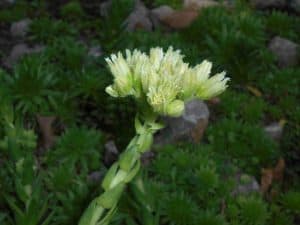
Because of its beautiful, fragrant flowers, jovibarba heuffelii is a popular succulent to plant in home gardens. When they bloom, they can fill your yard with an aromatic scent that’s reminiscent of cucumber and oranges.
They only take around six weeks to fully blossom, so if you’re looking for quick-blooming plants that bring vivid color and elegant fragrance to your outdoor spaces, jovibarba heuffelii are a great option.
Growth rate
The Jovibarba heuffelii plant can grow up to 2.4 inches in a day if given plenty of sunlight and moist soil. If you’re trying to grow your plant at home, keep it well-watered and bring it indoors once nighttime temperatures drop below 55 degrees Fahrenheit.
Toxicity
Jovibarba heuffelii is toxic to most animals. It is a common misconception that only cats are affected by eating these plants. Dogs, birds, and other animals may also be poisoned if they ingest even small amounts of their leaves or seeds. Symptoms typically develop within an hour or two after ingestion and include salivation, nausea, vomiting, diarrhea, labored breathing, and lethargy.
Pests and diseases
To avoid fungal problems, it’s best to wash your hands well and dry them before touching new plants or repotting. If you notice any white spots on your leaves, use a cotton swab dipped in rubbing alcohol to apply some bleach to these areas. The plant may lose some of its lower leaves, but if you act quickly, you can prevent a full-blown infection from taking hold.
